Auxiliary units enable a higher level of automation in the forging line. Minimize manualintervention, enhance production efficiency, and ensure product quality stability
Realize further automation of the production line to improve production efficiency and product quality
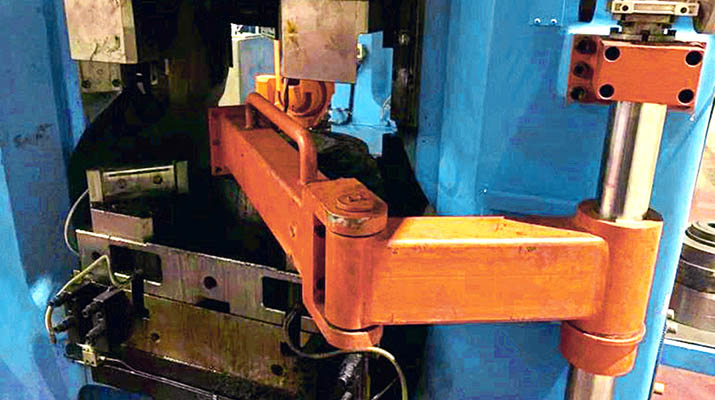
Realize the quick change of mold core, often fixed on the side of the machine column, which is conducive to saving the feeding space, greatly reducing the time of changing the mold, and improving the production efficiency and safety
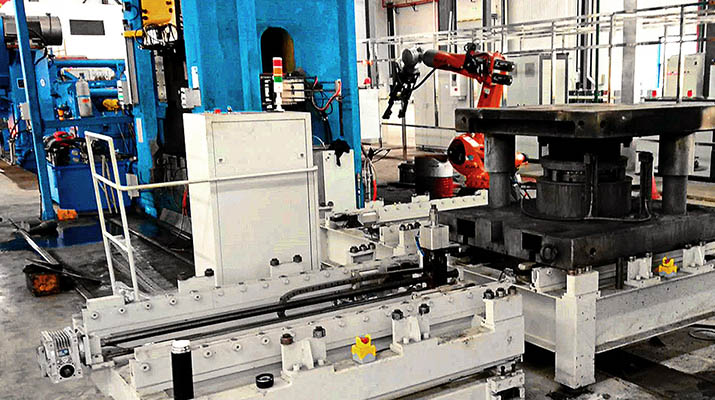
Used to achieve quick batch changeover of dies and die bases, ensure die installation accuracy, and reduce die changeover time. Suitable for large tonnage forging equipment
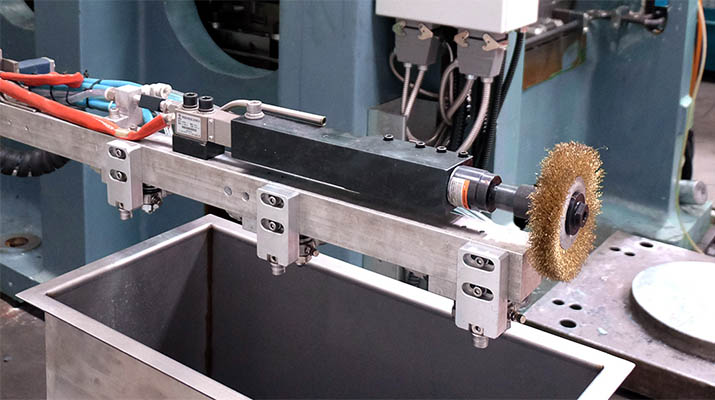
The device automatically cleans debris in the cavity and optimizes the lubrication and cooling processes to ensure efficient operation of the mold and extend its service life by precisely controlling pressure, time, and flow
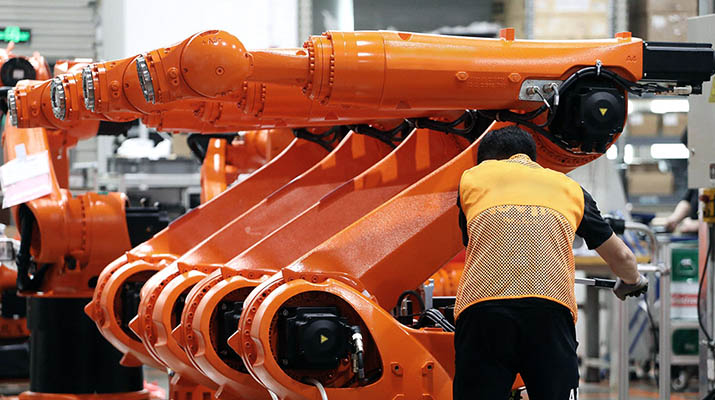
Provide programming and teaching services for industrial robots of mainstream brands to help users efficiently complete high-temperature, high-weight workpiece gripping and positioning in forging production, as well as handling and transfer tasks
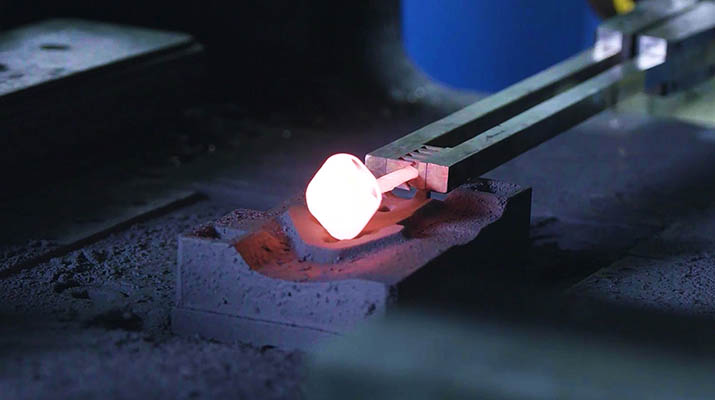
Special fixtures are designed to accommodate different clamps with effective clamp detection and can work for long periods of time at high temperatures above 1200°C
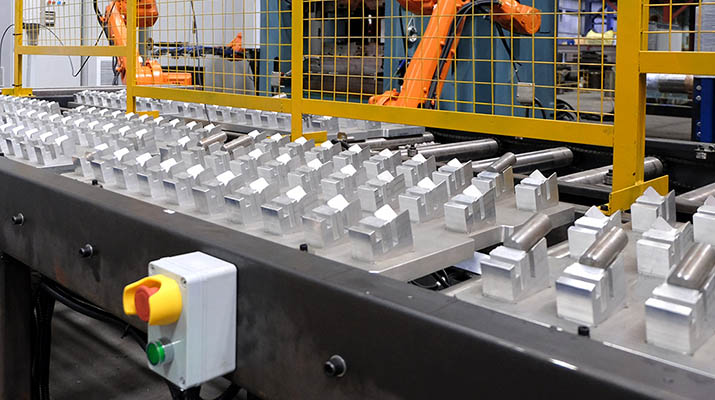
Typically, automated inputs to a forging line are achieved through the use of components such as conveyors, sensors, grippers, and mechanical design or program control
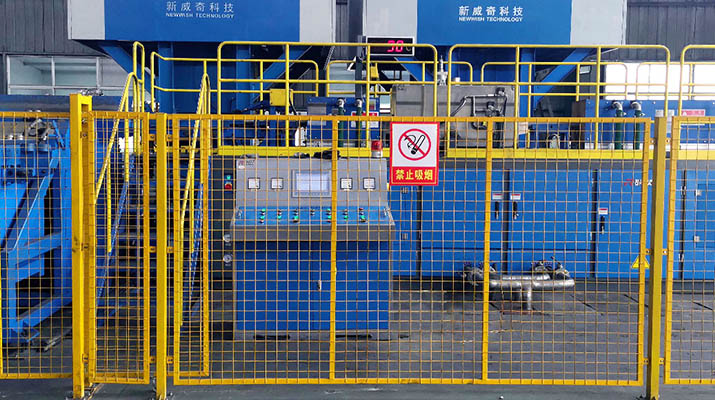
Safety barriers and gates are used to isolate production areas for the protection of workers and are usually equipped with photoelectric sensors to detect the opening of the gate